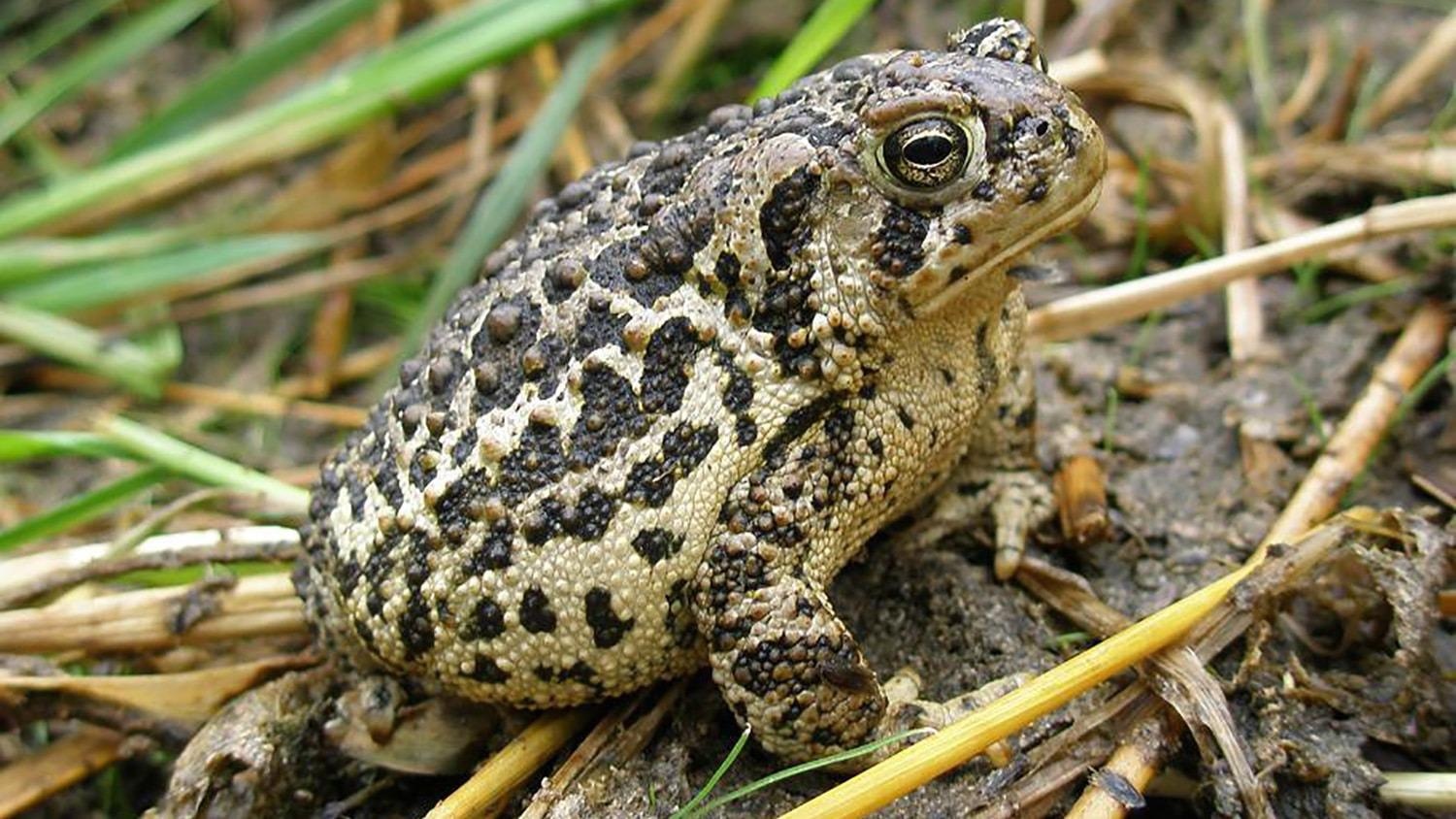The immune system diversity of the critically endangered Wyoming toad is examined in new research from North Carolina State University, which indicates that genetic bottlenecks can affect a species’ capabilities to react to novel infections. The results can help endangered animal species develop captive breeding tactics.
 Anaxyrus baxteri, the Wyoming toad. Image Credit: NC State University
Anaxyrus baxteri, the Wyoming toad. Image Credit: NC State University
Due to reasons like habitat degradation and fungal illness, the Wyoming toad, Anaxyrus baxteri, had a catastrophic population fall in the latter half of the 20th century. In the 1990s, the toad was introduced into a captive breeding program to rescue the species. According to researchers, the toad has a wild population of only 400 to 1,500 creatures, making it severely endangered.
Population reduction in this species created a genetic bottleneck, to begin with, meaning the level of genetic diversity is already very small. This is the first study to look specifically at genetic diversity in the immune systems of these toads and how it could impact them as a population.”
Jeff Yoder, Study Co-Corresponding Author and Professor, Comparative Immunology, NC State University
Yoder and co-corresponding author Alex Dornburg of the University of North Carolina at Charlotte executed RNA sequencing on immunological tissues from three healthy, elderly Wyoming toad breeders. The samples were obtained by study co-author Michael Stoskopf, who was a member of the Wyoming Toad Recovery Implementation Team, which was formed in 2008.
We were focused specifically on sequences encoding toll-like receptors—TLRs—and the proteins of the major histocompatibility complex, or MHC, expressed in these tissues. These sets of genes are major components of the immune system.”
Kara Carlson, Study First Author and PhD Candidate, NC State University
TLRs are immune system initial responders that are comparable or well-conserved across species. On the other side, the MHC is a big and diverse set of genes that differs across species and individuals. It can help researchers figure out why one population is more susceptible to a virus than the other.
MHC genes are some of the most rapidly evolving sequences in the genome. So in a healthy population, there is a lot of variety that is passed along to descendants, enabling the species at large to adapt to different pathogens. However, if disease survivors do so because of their MHC, then that group would have a similar MHC.”
Kara Carlson, Study First Author and PhD Candidate, NC State University
“The Wyoming toads that were brought into captivity to save the species were all able to resist the fungus that had decimated the population, but that could mean that their immune diversity is reduced,” Carlson added.
The TLR and MHC of the three Wyoming toads were analyzed with each other, as well as specimens from a regular toad and a cane toad. Despite going through a common genetic bottleneck, both the common toad and the cane toad have higher MHC diversity than the Wyoming toad.
“The small sample size in this study—which was unavoidable due to the endangered status of the toad—nevertheless lays an important framework for conservation,” Carlson says.
Yoder further comments, “Amphibians, in general, don’t have as many genomic resources as other organisms. In addition, captive breeding from a small population further decreases genetic diversity. But while these toads may be better protected against the fungal infection that nearly wiped them out, they may not be equipped to deal with new pathogens down the road.”
“While we weren’t necessarily surprised by the lack of immunogenic diversity in the Wyoming toad, it does spark an important question,” Dornburg says. “How equipped are other species of conservation concern for a battle with an emergent pathogen?”
“By understanding the genetic diversity of the immune system we can inform captive breeding to increase the chance of a species to resist disease in the wild, studies like this one are invaluable for captive breeding practices going forward,” Yoder concludes.
Source:
Journal reference:
Carlson, K. B., et al. (2022) Transcriptome annotation reveals minimal immunogenetic diversity among Wyoming toads, Anaxyrus baxteri. Conservation Genetics. doi.org/10.1007/s10592-022-01444-8.